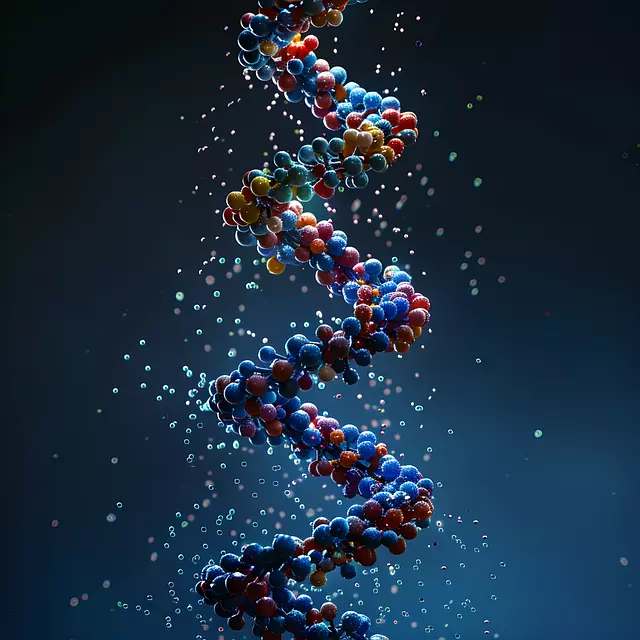A guide to the best practices of RNA-seq and snRNAseq
Introduction to RNA-seq and snRNA-seq
In the field of molecular biology, RNA sequencing (RNA-seq) has become a key tool for studying gene expression at the cellular level. Small RNA sequ encing (snRNA-seq), on the other hand, focuses on the analysis of small RNA molecules, such as miRNAs and siRNAs, which play important roles in gene regulation. Both of these approaches offer researchers the opportunity to uncover remarkable information about biological cellular processes and functions.
Why is RNA-seq so important?
One of the key reasons why RNA-seq has become so popular is its high sensitivity and ability to simultaneously monitor the expression of multiple genes. This tool allows analysis of the transcriptome - the collection of all RNA molecules in a given cell or tissue - which opens the door to many new discoveries in genetics, biochemistry and medicine.
Best practices in planning an RNA-seq experiment
Preparing for an RNA-seq study requires careful planning and forethought. It is crucial to clearly define the objectives of the study and select appropriate biological systems. Examples include different cell types, tissues or model organisms that best fit the research questions.
Choosing the optimal RNA isolation method is also an important planning step. Methods such as trizol or commercial kits should be tailored to the cell type and condition. Adequate RNA quality is fundamental to the success of the entire experiment, so taking care of the purity and integrity of the sample is crucial.

RNA-seq experimental protocol
RNA collection is followed by the sequencing step, which can be carried out in two main ways: by sequencing the full-length version or sequencing using short-read technology. The choice of method depends on the purpose of the study and the specifics of the samples to be tested.
Regardless of which method is chosen, maintaining proper laboratory protocols and monitoring the quality of the RNA-seq generated is crucial to obtaining valuable data. Regular quality checks, such as RNA-seq profile assessments, help minimize errors and improve data reliability.
RNA-seq data analysis
RNA-seq data analysis consists of several steps, including reads, read mapping, and differential expression analysis. Tools such as HISAT2, STAR, or TopHat are commonly used to map sequences to appropriate reference genomes. The key is to choose the right tool that best suits the research challenges and the type of organisms being studied.
Once the data is mapped, differential analysis follows to identify genes with altered expression between different experimental conditions. Tools such as DESeq2 or edgeR are revisited for this purpose, allowing value to be drawn for scientific understanding of molecular mechanisms.
Challenges in RNA-seq and snRNA-seq
Despite the incredible opportunities that RNA-seq brings, there are also great challenges. For example, the significant amount of data generated in the process can be considered a burden, requiring large amounts of computing power and advanced algorithms for efficient processing. Additionally, the interpretation of the results and their biochemical significance often become complicated from a cell biology perspective.
With snRNA-seq, one can also encounter difficulties related to the isolation and analysis of small RNA molecules. Isolation and amplification reactions of these RNAs can be less efficient, requiring appropriate adaptation of protocols and specialized technologies.
Summary and future of RNA-seq
In summary, RNA-seq and snRNA-seq are extremely powerful techniques that have the potential to change the face of life science. Through proper experimental practices, i.e. good planning, isolation methods, and efficient data analysis, researchers can gain valuable insights into biological mechanisms. Despite the challenges, the future of RNA-seq appears promising, with continued development of technologies and analysis methods that will increase its availability and utility.

Add comment